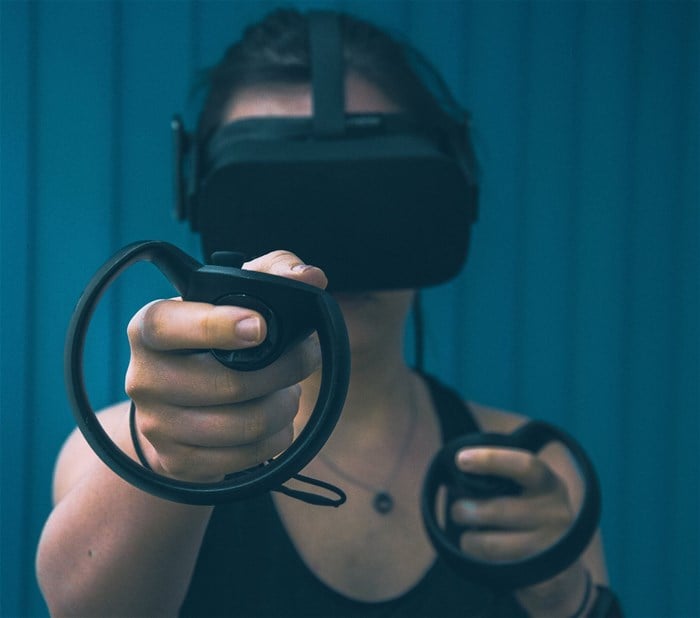At this point, most people know what a Non-Fungible Token (NFT) is and at some stage, you will likely have also heard about the metaverse. NFTs have been around since 2014 and the most common type of NFT is code written into the blockchain. For those of us who did not know, the metaverse is a platform of online 3D or virtually integrated environments that provide users access to virtual reality and virtual experiences.
The metaverse also creates a platform for online shopping which includes the purchasing of NFTs. This virtual reality creates a novel experience for the consumer and an extremely profitable income stream for online shopping and e-commerce.
It is therefore important for brand owners to understand how to optimise their trade mark protection on this digital and virtual platform. Even though one can argue that already existing trade mark law should be sufficient to enforce trade mark rights in the metaverse, there is a reason why NFT and virtual trade mark filings increased by more than 500% between August 2021 and January 2022 in the United States Patent and Trademark Office (USPTO).
While trade mark legislation catches up to this new phenomenon, we reviewed some of the virtual trade mark filings at the USPTO. Most virtual reality marks were filed in classes 9, 35 and 41, which cover virtual goods in virtual spaces. Depending on the brand (especially clothing brands) the specifications as applied may read as follows:
Class 9: Downloadable virtual goods, namely, computer programs featuring footwear, clothing, headwear for use online and in online virtual worlds.
Class 35: Retail store services featuring virtual goods, namely, footwear, clothing, headwear; online retail store services featuring virtual merchandise, namely, clothing, footwear, headwear for use in virtual environments
Class 41: Entertainment services, namely, providing online, non-downloadable virtual footwear, clothing, headwear for use in virtual environments
Victoria Secret, Ralph Lauren, Gucci, Louis Vuitton, Coca-Cola, Saint Laurent, Valentino, Balenciaga, Alexander McQueen, Prada and sports brands like Adidas and Nike filed for trade mark protection to cover their goods being sold as NFTs and being used in the metaverse. Mcdonald's has also recently filed in class 9 for “Virtual food and beverage products. Downloadable multimedia files containing artwork, text, audio and video files and non-fungible tokens”.
Filing for virtual trade marks is no longer an option but a necessity, especially when you are selling your goods in the metaverse. NFTs are extremely lucrative, and to ensure that you are protected in virtual reality, it is recommended that you update your trade mark portfolio to include virtual trade marks.









































